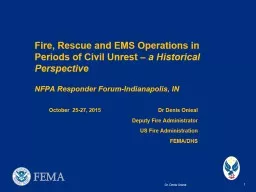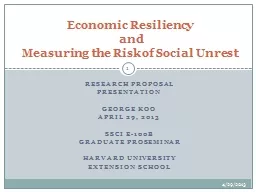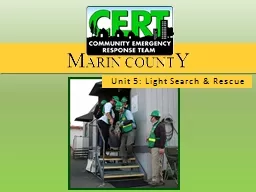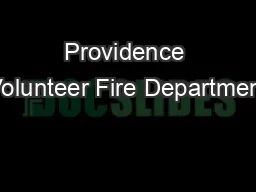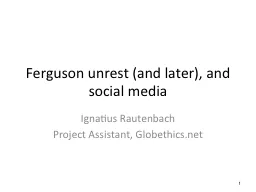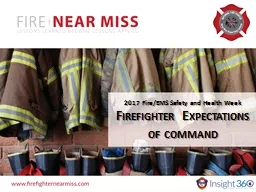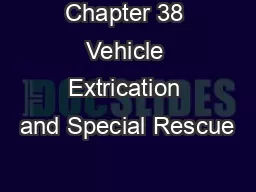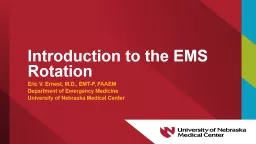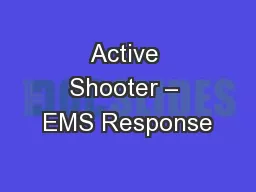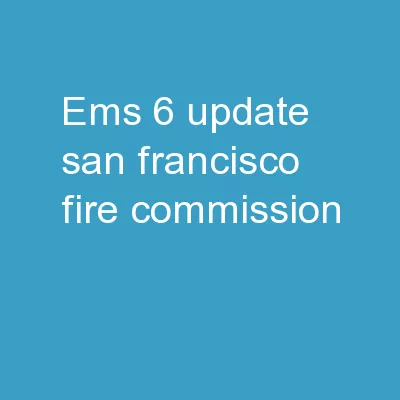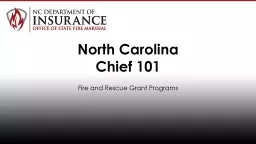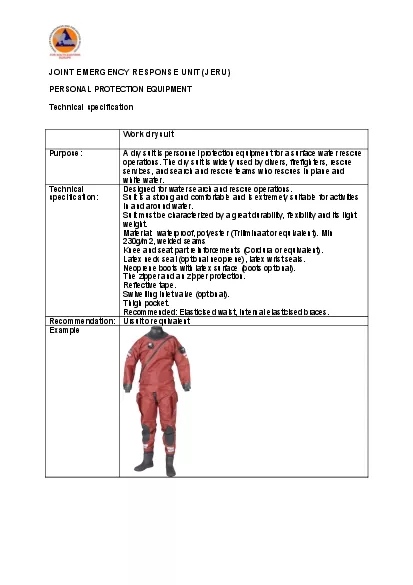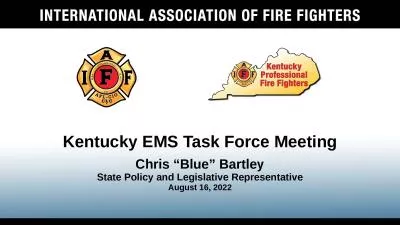PPT-Fire, Rescue and EMS Operations in Periods of Civil Unrest
Author : natalia-silvester | Published Date : 2017-08-05
a Historical Perspective 1 The History of Civil Unrest in the US The Boston Massacre Boston Tea Party FALN Puerto Rican Liberation Front 130 Bombings in NYC between
Presentation Embed Code
Download Presentation
Download Presentation The PPT/PDF document "Fire, Rescue and EMS Operations in Perio..." is the property of its rightful owner. Permission is granted to download and print the materials on this website for personal, non-commercial use only, and to display it on your personal computer provided you do not modify the materials and that you retain all copyright notices contained in the materials. By downloading content from our website, you accept the terms of this agreement.
Fire, Rescue and EMS Operations in Periods of Civil Unrest: Transcript
Download Rules Of Document
"Fire, Rescue and EMS Operations in Periods of Civil Unrest"The content belongs to its owner. You may download and print it for personal use, without modification, and keep all copyright notices. By downloading, you agree to these terms.
Related Documents

